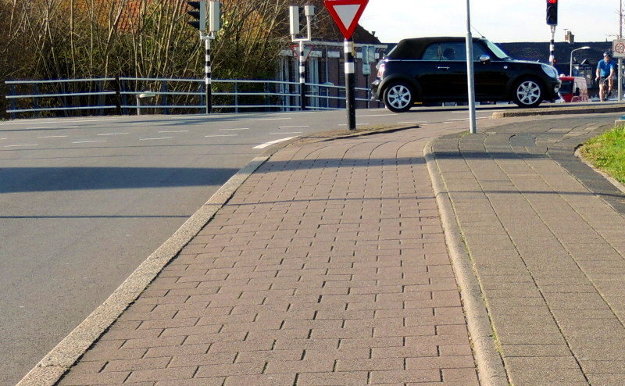Something apparently so simple, yet so often made wrong. Bike ways are key when it comes to urban planning. And rather than building miles and miles for statistical purposes, one should consider them as the main point to make vulnerable users feel safe.
in order to do so there are a number of points to consider, here are some:
- Bike ways should enable anybody to bike safely.
- Bike dispensers and racks should be placed next to bike ways.
- Bike ways intersections must be designed in order to avoid conflicts.
- Bike ways should cover the whole city, more so in areas with high density.
- Bike ways should be physically separated both from cars and pedestrians.
- Bike ways should be evenly paved since most bicycles have no suspension.
- Bike ways should be placed far away from parked cars to avoid being doored.
- Bike ways should be wide enough to accommodate more than one bike at a time.
- Bike ways should not be used to carry rain water and puddles should be promptly fixed.
- Speed limits should be lowered in the areas surrounding bike ways, if not thruought the city.
- Bike ways should follow a standard through the city, instead of using cyclist as guinea pigs.
- Bike ways should be easy to identify so that people don’t inadvertently drive or walk on them.
- Bike ways should be placed far away from big trees to avoid expensive and often repaves.
- Intersections with bike ways should be kept clear and without plants or objects that obstruct the view.
- Bike ways should be kept as flat as possible and provide alternatives to hills so that everybody can bike.
- Bike ways should be properly illuminated since even the most prepared biker can end up with an exhausted battery.
- Bike ways should be placed far away from highways and dangerous roads, even one block makes a huge difference.
- Bike ways should be paved with red asphalt or bricks, instead of black asphalt painted red or green, to avoid having to repaint them.
